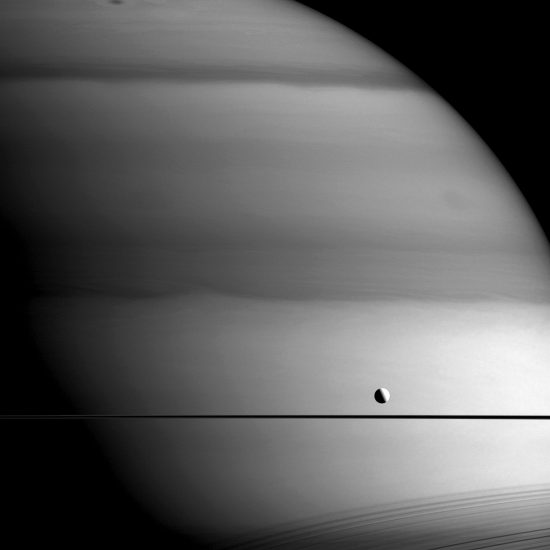
Jun 24, 2019
What brought methane to the Red Planet?
According to a recent press release, measurements taken by NASA’s Curiosity rover show a “higher than expected” amount of methane in the Martian regolith. Planetary scientists believe that methane is important, since one way it forms is through biological processes. Methane gas is quickly reformed on Earth, breaking down into carbon dioxide and water vapor, so it will survive for a longer time in the low oxygen atmosphere of Mars. Researchers speculate that Martian methane might be contained in underground pockets that could be extremely old.
Curiosity found “the largest amount of methane ever measured during the mission”, but it is not equipped to identify the source. As far as mission members can tell, it might come from anywhere on the planet. Paul Mahaffy of NASA’s Goddard Spaceflight Center wrote:
“With our current measurements, we have no way of telling if the methane source is biology or geology, or even ancient or modern.”
A recent Picture of the Day discussed the detection of methane from Martian orbit, although, in general, they did not detect any methane in the atmosphere other than a brief spike of about 15 parts per billion by volume. NASA believes that the methane detection was due to “relatively weak geologic processes” releasing gas trapped beneath the surface, although how it got there is not understood.
Electric Universe advocates think that the Solar System was the scene of catastrophic events in the recent past. Those destructive phenomena are theorized by some to mean that Mars and Venus interacted with each other and with Earth, and that Saturn could have been involved with the three planets. There is a detectable amount of methane in Saturn’s atmosphere, so it is possible that hydrogen, helium, methane and carbon dioxide in the atmospheres of several Solar System bodies came from Saturn: massive clouds of ionized gas and dust probably inundated nearby space at one time. Those catastrophes are thought to date from around 5000 years ago.
Some regions of Mars are so choked with dust that orbital instruments cannot derive a spectrogram. That means that no one knows what is under the dust. Since there is no way to know what it is, the speculation is that it might be layers of volcanic deposits, sediments from an ocean that vanished billions of years ago, or “compacted wind-blown soils” containing methane that is occasionally disturbed by marsquakes.
The survival of methane in Martian regolith could mean that the surface of Mars is not very old, in geological terms. It will be instructive over the next few decades to see if the quantity of methane declines.
Stephen Smith












